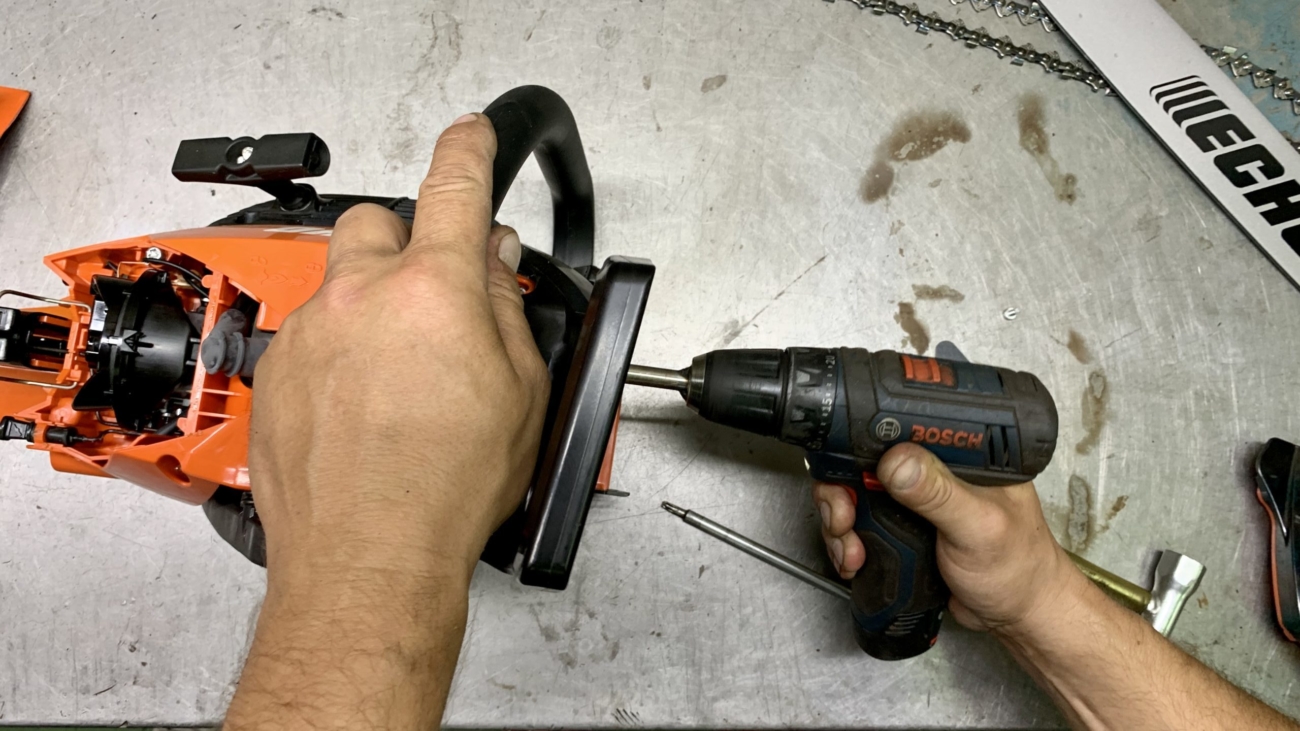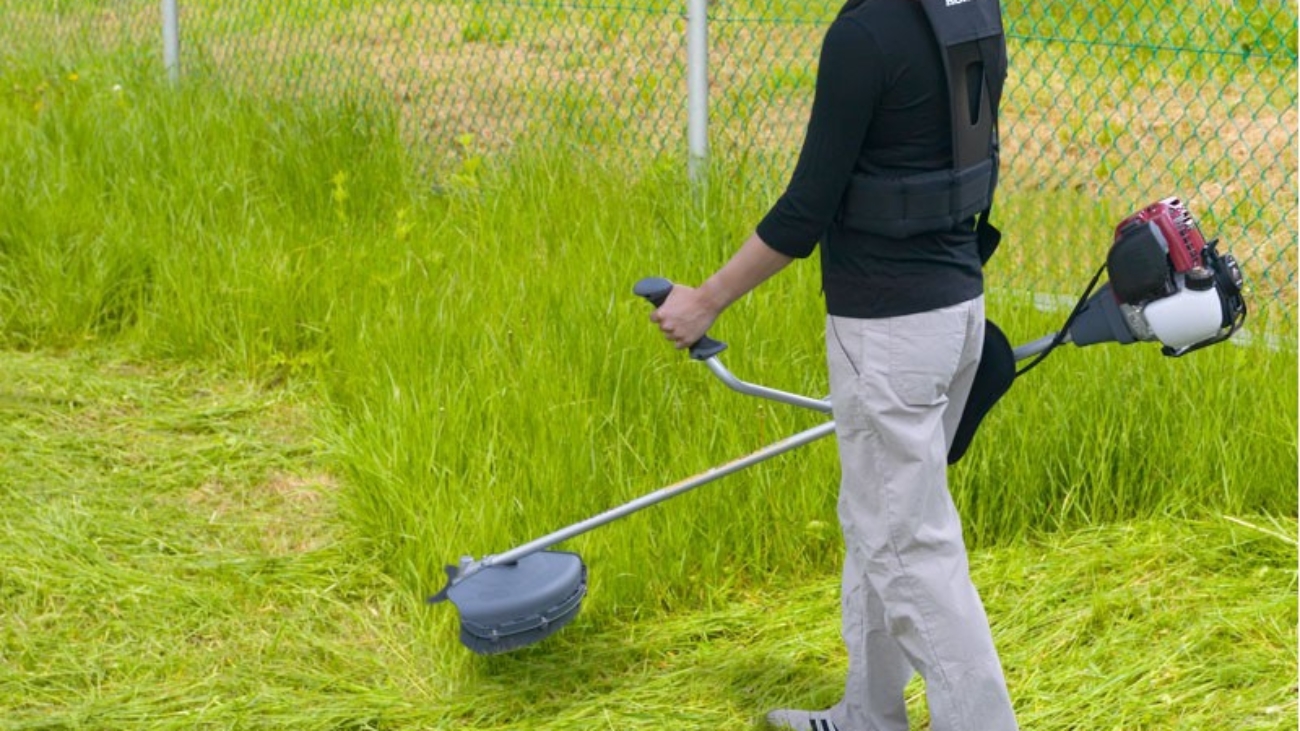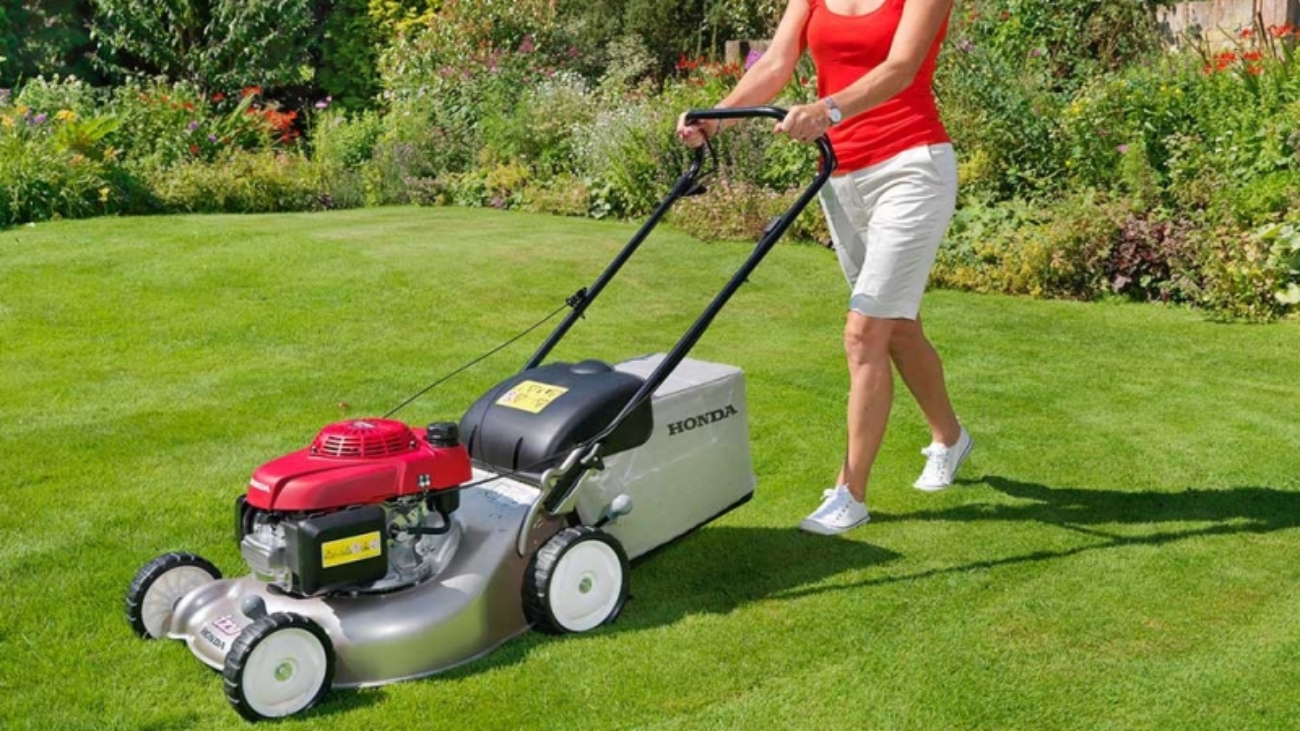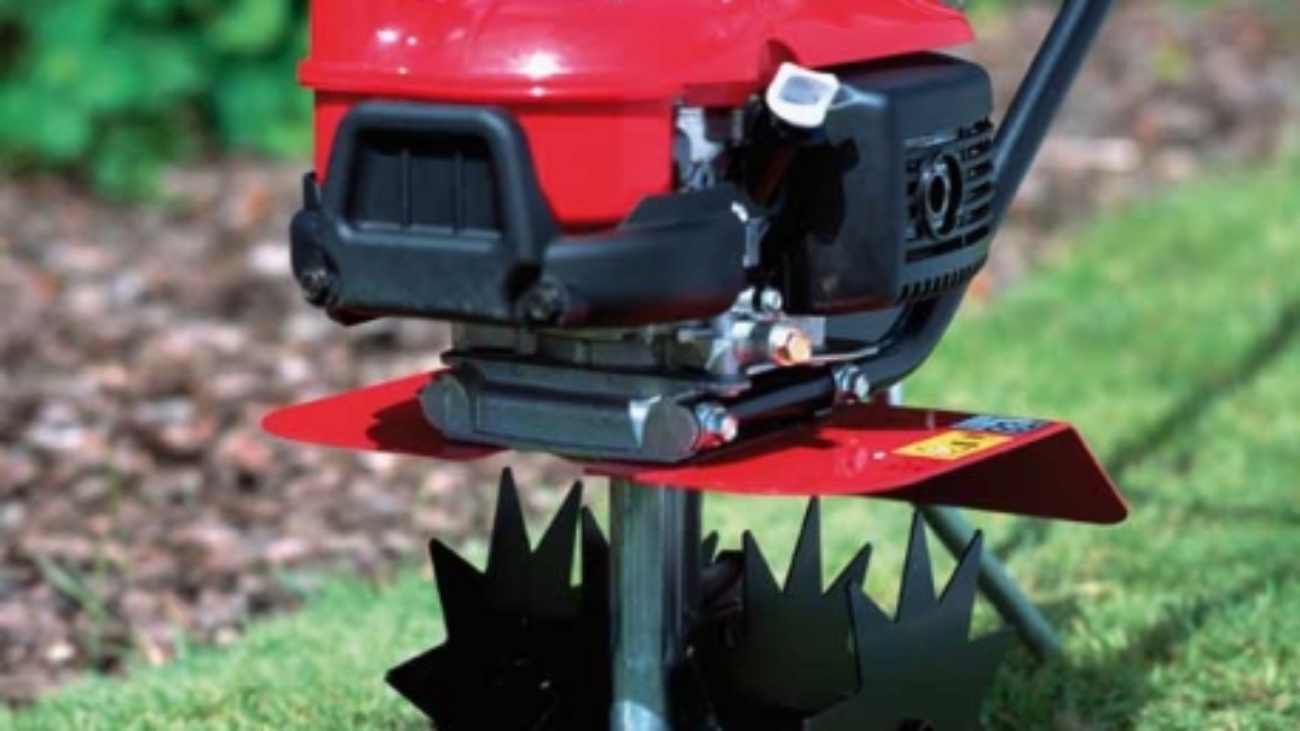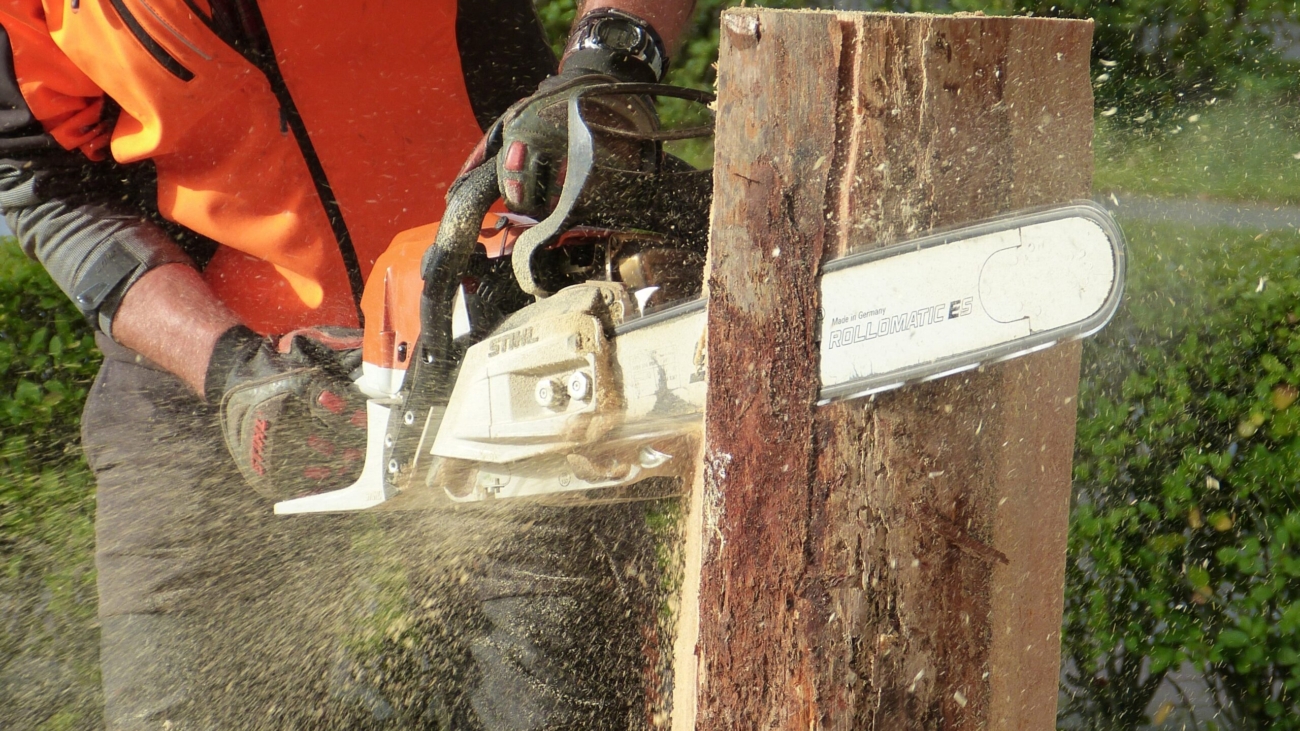Lawn mowing
1.- Frequency:
• 1 time per week in the summer
• 1 time a month in winter
• 2 or 3 times a month in the spring and autumn months.
There are ornamental lawns, or golf course greens, that are mowed more frequently. For example, greens are mowed almost daily in the summer and highly ornamental lawns every 3 days in the summer.
If you want to have a lawn that needs mowing less often, follow these tips:
• Avoid fast-growing species, such as English ryegrass or Festuca arundinacea. There is a species of cespitós called Zoysia Japón, which grows very slowly, therefore, it requires little cutting frequency. It is ideal for temperate-warm climates and turns brown with frost, but resprouts.
• Water and fertilize less, so it will grow more slowly.
• There are very innovative products on the market, called growth retardants, which are applied to the lawn in order to reduce the frequency of mowing.
2 .- Cutting height
• The normal height at which grass is maintained is about 5 centimeters. However, very fine lawns are left shorter (1-2 cm.) and golf course greens only a few thousand meters.
• Keeping the grass very low has the disadvantage that the roots are shallow and rather weak. Keep this in mind because both in the winter (because of the cold) and in the summer (because of the heat), it would be preferable to keep the lawn a little higher than normal, since this way it will develop more powerful roots and be stronger for endure these 2 complicated periods.
Higher, more roots. Therefore, in theory, if it is high in the winter, the better, since it will withstand the cold better; and in the summer too, even if it needs more frequent watering (more water because there is more leaf surface). Its roots are deeper and you will enjoy a more intense green.
3 .- Advice on mowing
• Do not mow the lawn when it is wet.
• The leaves must be sharp, otherwise they leave fringes at the ends of the leaves.
• If it has been infected by fungi, clean the carcass and leaves with a fungicide in solution.
• If the grass is very overgrown, do not cut more than a third of the length of the blade at once, but give a high cut and a few days later, a lower one.
• Raise the cutting height whenever the lawn is subjected to some accident (lack of water, fungi, etc.). Keep in mind that the lower the cut, the more sensitive the lawn will be.
• Collect grass clippings, do not leave them on the meadow because:
• Promotes the formation of felt: a more or less impermeable layer of 1 or 2 cm on the surface.
• Favors fungal diseases.
• It is unsightly.
• They contribute almost nothing of humus to the soil.
It is better to collect to make compost or use as mulch to put at the base of plants and trees; if not, throw it away (unless your lawnmower is a mulching type).
4 .- The importance of direction in cutting the lawn
In order to get good performance from your Honda lawnmower, you should follow the following patterns, as they are the most suitable for the design of the cutter housing and the direction of rotation of the blade:
* If you mow and collect grass: mow in a clockwise direction as this will give you the best performance.
* If the terrain has many obstacles and it is difficult to follow the guideline, mow the lawn in sections.
* If you want to mulch: Cut counter-clockwise.
5.- Reasons to choose natural grass
Apart from the feeling of well-being that being surrounded by grass provides, we must not forget that it also brings enormous benefits to the conservation of the environment.
• Soil is one of our most precious assets. The lawn protects the ground with a permanent plant cover and prevents water and wind erosion. Covering the surface of gardens with aggregates, concrete or artificial grass leads to the destruction of fertile soil.
• The lawn is able to preserve water thanks to its exceptional ability to retain it. Planting grass leads to an improvement in the structure of the soil and allows the accommodation of microorganisms capable of breaking down the organic matter of the soil.
• Water filtration and purification. It is increasingly common (and in many cases mandatory) to irrigate lawns using non-potable recycled water from sewage treatment plants. The large amount of pollutants contained in these poor quality waters are broken down by the microbial flora found in the lawn.
• CO2 consumption and O2 production. The reduction of CO2 production is one of the main environmental objectives of the international community. The lawn contributes to the elimination of CO2 and the production of oxygen. It is important to know that there are numerous species of grass that, in addition to admitting irrigation with recycled water, have a reduced water consumption, need few fertilizers and almost no phytosanitary. Hence the importance of choosing the type of lawn your garden needs.

